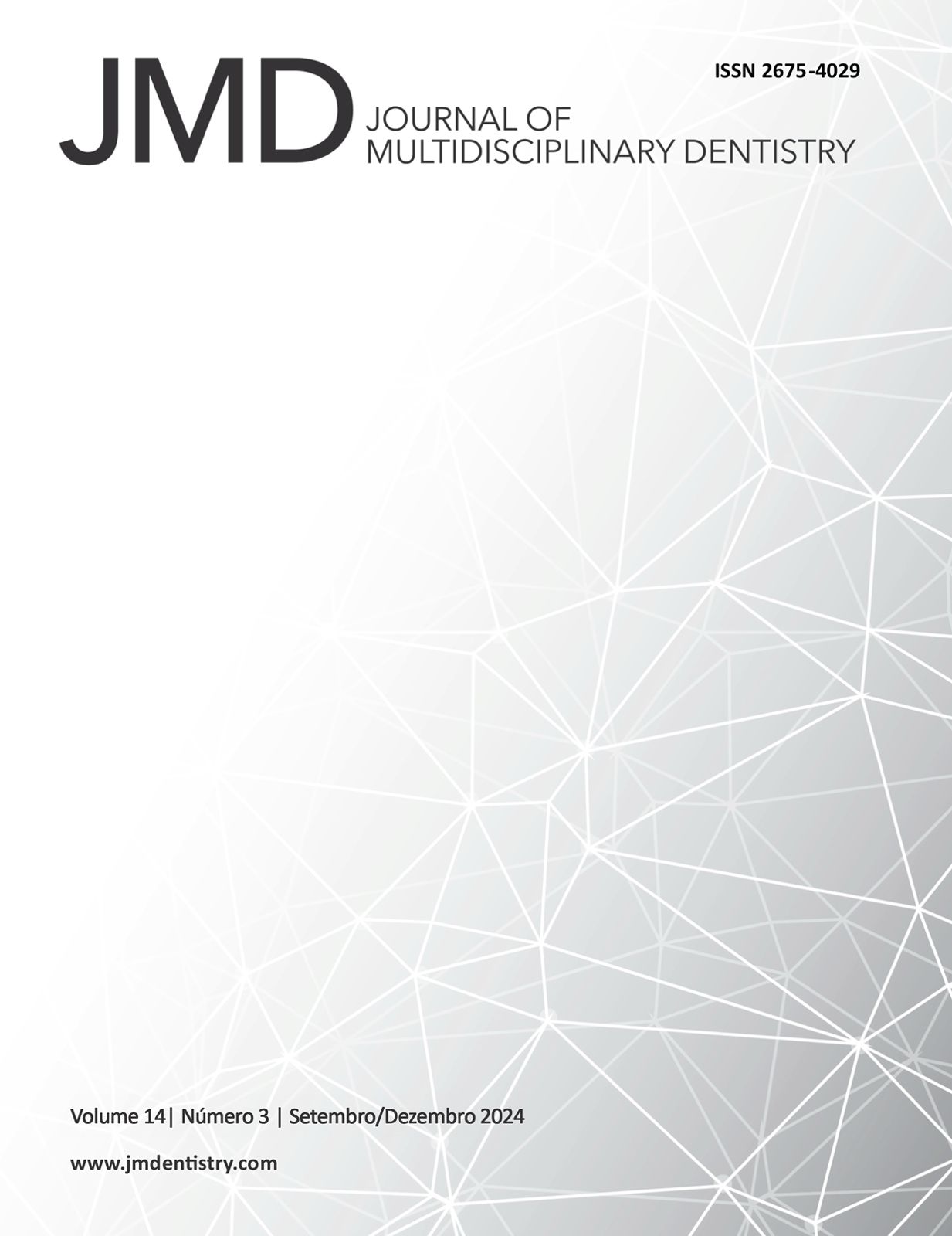Indications for cone beam computed tomography for various diagnoses in Pediatric Dentistry
DOI:
https://doi.org/10.46875/jmd.v14i3.1258Keywords:
Pediatric dentistry, Spiral cone-beam computed tomography, Diagnostic imagingAbstract
To carry out a literature review to discuss the indications and pathological conditions most observed in cone beam computed tomography (CBCT) in pediatric patients. Furthermore, we sought to discuss the safety and radiation dose of the examination in Pediatric Dentistry. The chosen design was a narrative literature review. The search for articles was carried out digitally, in the Virtual Health Library, PubMed and Google Scholar databases, using the following descriptors: pediatric dentistry, cone beam computed tomography, imaging diagnosis. Duplicate articles or articles with unavailable full text were excluded. The literature pointed out that tomography in Pediatric Dentistry has been considered impossible to obtain the necessary information by other means, since the stochastic effects of radiation are even greater in children. Tomography, when well indicated, brings benefits for diagnostic purposes and better treatment planning. In turn, CBCT has the advantage of providing a three-dimensional image and presents image precision, reduced radiation dosage and limitation of the x-ray beam, when compared to conventional tomography. Therefore, CBCT is highly relevant in cases of dental trauma, orthodontics, odontogenic cysts, diagnosis of supernumerary teeth and assessment of the maxillary sinus. CBCT proved to be an excellent diagnostic resource in cases in which conventional radiographs (2D) do not provide sufficient information. Dental tomography also has a lower radiation dose and a conical beam focused on the area of interest, differentiating it from conventional tomography.


